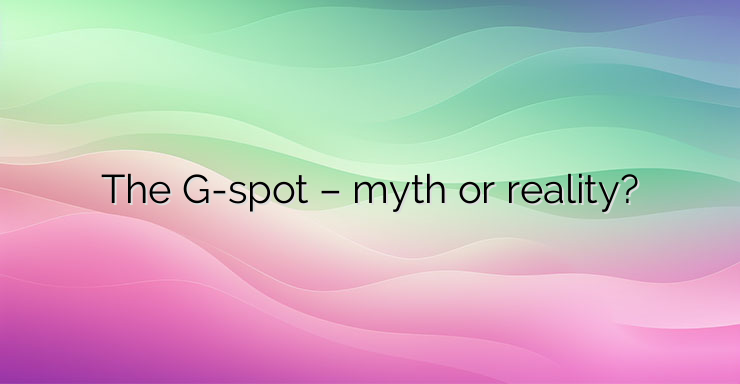The G-spot, known anatomically as Grafenberg’s point, is a supposed extremely sensitive area of the vaginal tissues that, when stimulated, leads to the experience of a strong, intense orgasm. Often discussed in the mainstream media, debated by many men and women, and used for marketing purposes, the topic of the G-spot is particularly popular, but few are aware of what it really is and whether every woman has a similar erogenous (sexually arousal) zone. Medical science is highly skeptical of the existence of this zone due to the lack of sufficient scientific evidence, according to Dr. Edwin Huang, a renowned gynecologist at Massachusetts General Hospital. Defenders of the G-spot theory define it as a particularly sensitive area of the inner surface of the vagina located near the vaginal opening, the stimulation of which leads to strong vaginal orgasms. Anatomical studies on the subject, however, do not demonstrate a different or higher concentration of sensitive nerve endings in one or another area of the vagina. The most sensitive parts of the body contain more nerve endings than the less sensitive ones. The tips of the fingers are much more richly innervated (supplied with nerve tissue) than the heels of the feet, for example. If the G-spot exists, at least one area of the vagina should have a higher innervation than the others, but scientists have yet to find such an area. A review of scientific research on the subject published in Time magazine reveals that despite the lack of scientific evidence, the existence of this erogenous zone is accepted as a fact by many women around the world. Scientists worry that this potential fallacy could have highly negative psychological effects for the fairer sex. NEWS_MORE_BOX The inability of some women to find their G-spot often reduces the pleasure of sexual contacts and leads to feelings of inadequacy and frustration at the fact that they cannot experience the strong orgasms that are talked about when stimulating the point. Many women in the Western world even undergo surgical procedures known as augmentation or G-spot augmentation, which baffles many doctors and sexual health professionals. Except for the location, the description of the G-spot overlaps with the description of the clitoris, located above the vaginal opening. Despite the lack of evidence for the existence of Grafenberg’s point, there is ample evidence that both clitoral and vaginal stimulation can lead to a strong, maximally satisfying orgasm. Regardless of whether the point exists or not, figuring out what’s pleasurable in sex and what’s not is key to achieving a satisfying sex life, Dr. Huang insists.


Leave a Reply